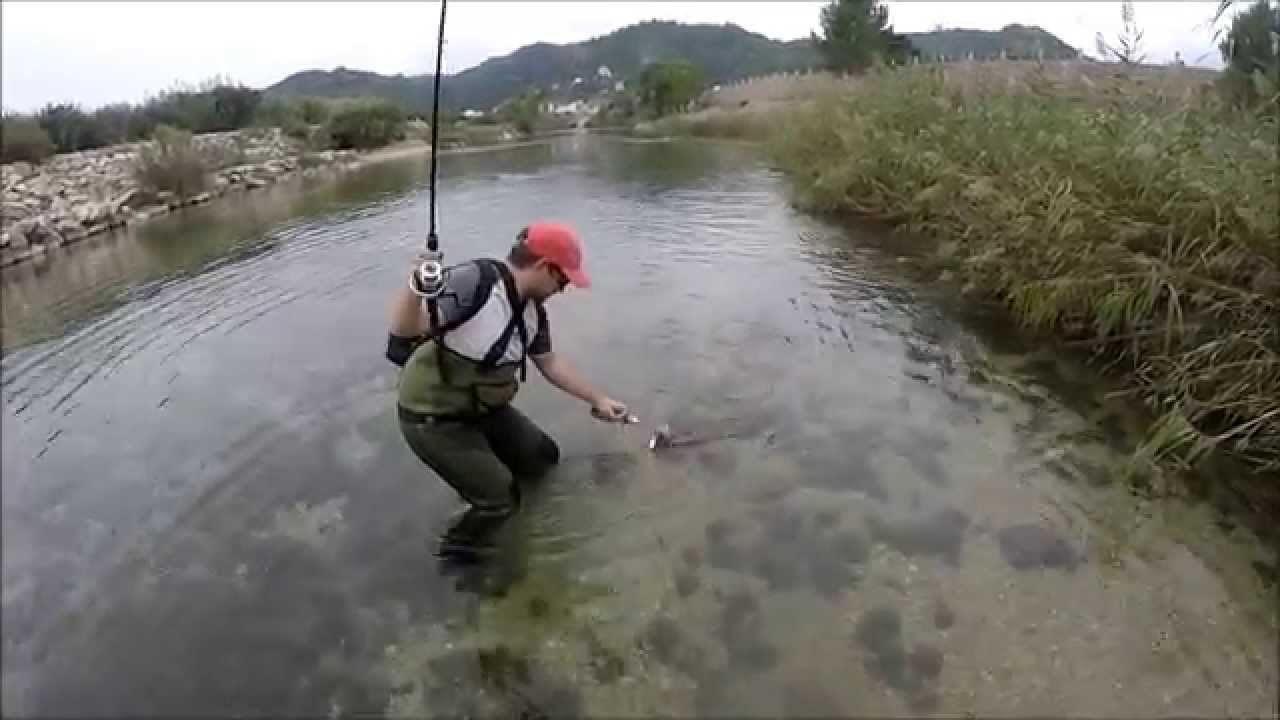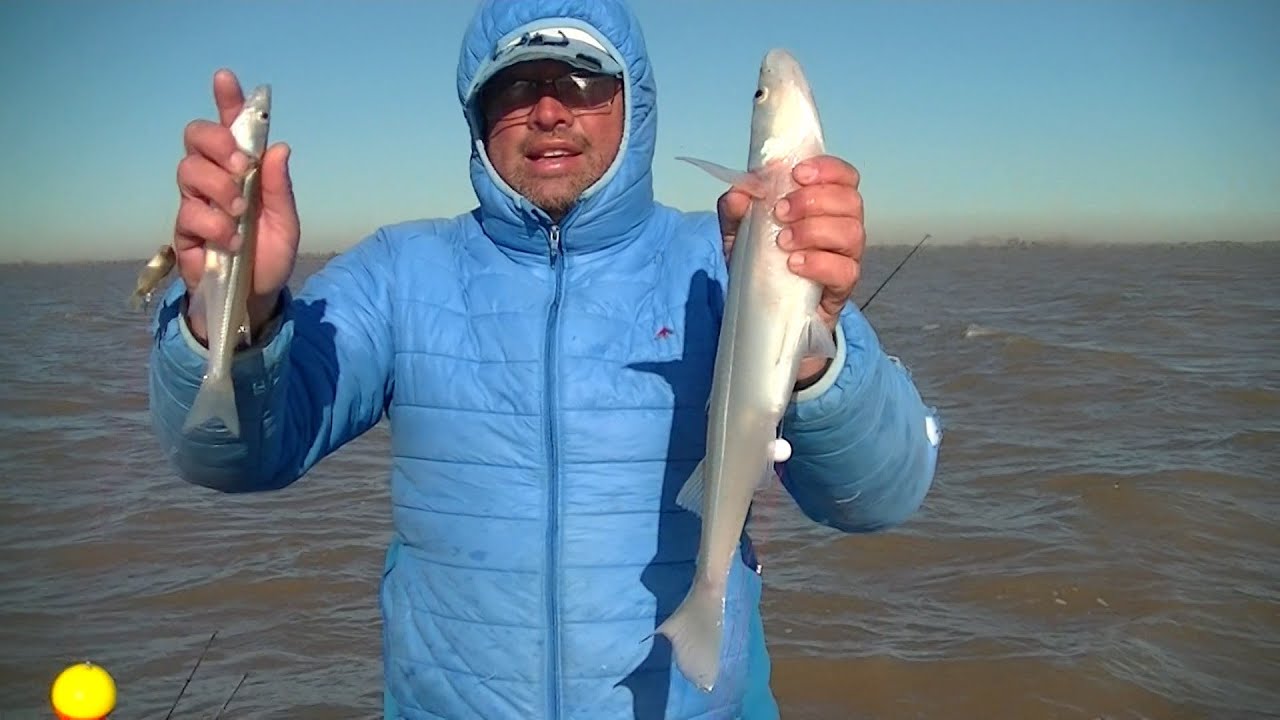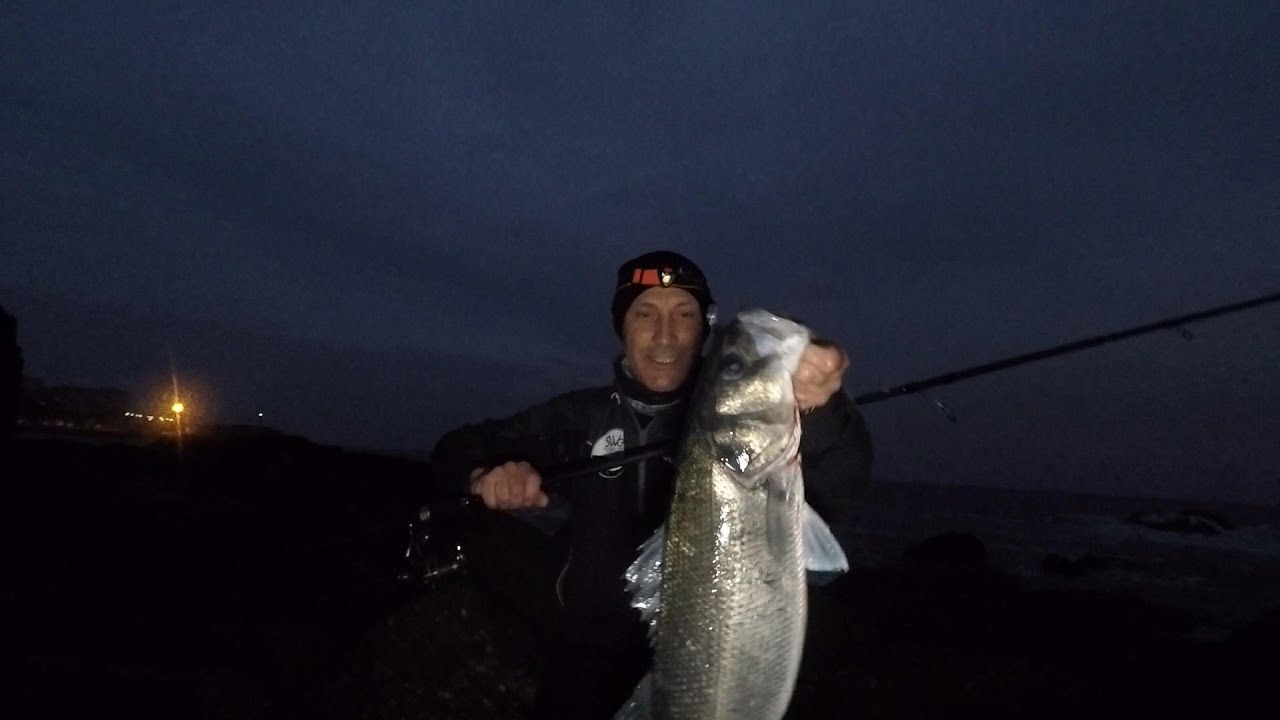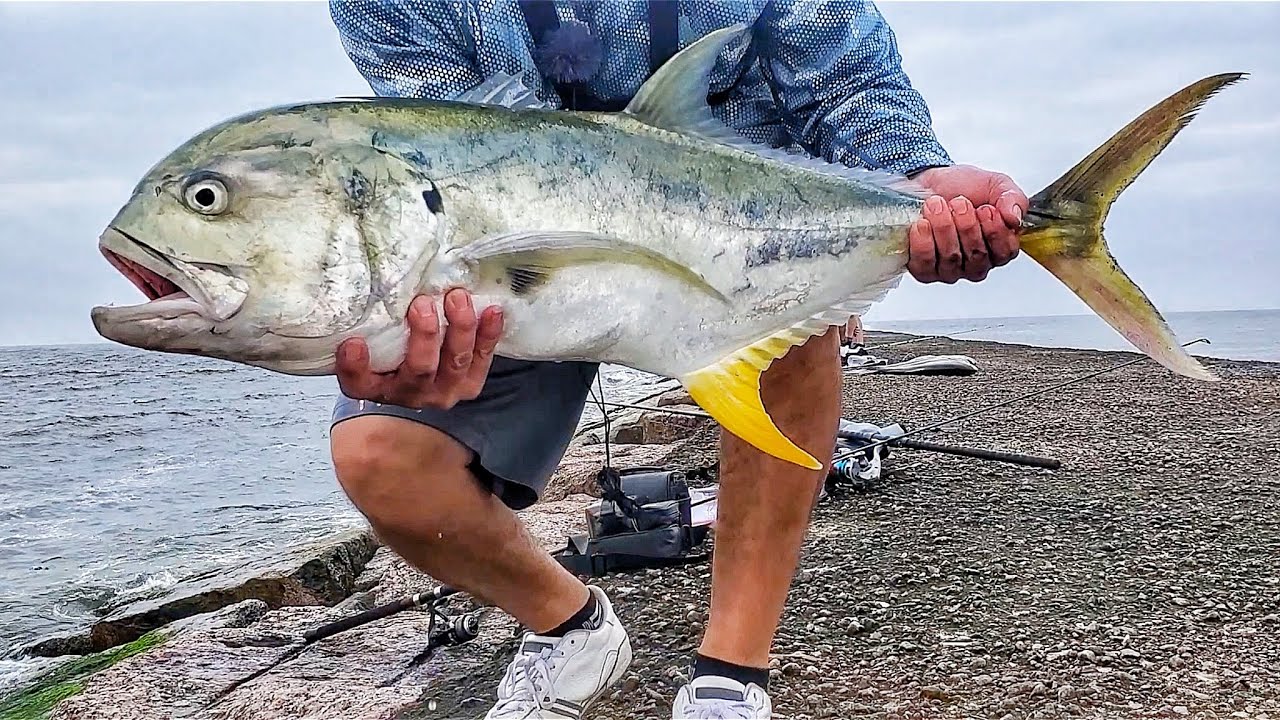If you are passionate about fishing, you may want to learn how to fish different species under different modalities.
Surprise! We have great news for you. Today you will learn all about how to fish bream to the buoy. Put batteries, and stay tuned for this incredible article.
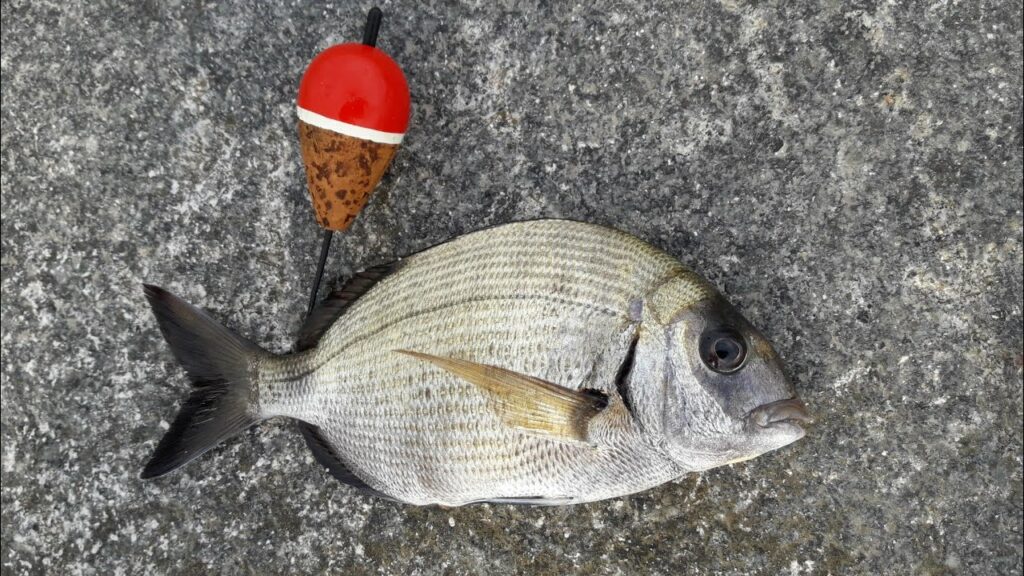
How to Fish Sargus to the Buoy
It is very common to find bream in the Atlantic Ocean and the Mediterranean Sea, and its capture turns out to be quite an entertaining activity.
The bream, also known as mojarras, are a beautiful fish with a silver color and iridescent or brown tones. They are characterized by their teeth, as they have front incisors and a double row of molars.
A bream can measure between 10 and 15 cm, it is even believed that they can reach 20 cm in length. This species strays and swims alone, and they feel insecure when the sea is calm and the moon is full. For this reason, they usually look for murky, restless and dark waters.
Bream have a sweet tooth, although somewhat distrustful. Their powerful teeth allow them to feed on almost anything. Although, most prefer shrimp, crustaceans and small molluscs. To get a good amount of food, it uses camouflage, which is its strongest attribute.
What bait is used to fish bream? Considering their diet, you can use prawns, tits or shrimps as the main bait. These must be installed directly on the hook, so that they do not come off with the force of the water. Other bait alternatives are small beach crabs, cuttlefish and even Korean or thread worms.
To fish bream from a buoy, you must take into account the precise moment according to their habits. When the tide rises is the ideal time. First, because the restlessness of the water attracts them in search of food, and second, because you can comfortably fish from a cliff. Which allows you to better handle the rod and the line.
The rig used to fish bream from a buoy is very simple. A plumb buoy is required according to the wind. The higher the wind speed, the heavier the buoy should be. Under the buoy, place a sturdy swivel.
Make sure the bottom of the line is at least 2 meters long. In case the sea is not too rough, you can add a couple more meters. Keep in mind that the fishing line must be of good quality, and from 0,23 mm thick to 0,30 mm. It is recommended to use fluorocarbon threads.
Last but not least, just 1 meter from the hook, you can add a shot sinker to give it a little more depth.
By following these instructions, you will enjoy an extraordinary day of fishing, catching bream at the buoy.
